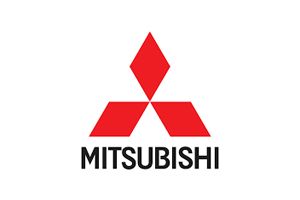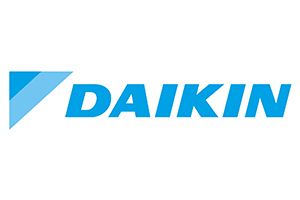Demand Response Program
Tyndall HVAC, Inc
Enhancing Grid Stability with Demand Response Programs
During times of high electricity demand, such as heatwaves or severe weather, the grid can become strained. Tyndall HVAC Inc helps homeowners participate in demand response programs, which encourage temporarily reducing energy use. Smart thermostats make it easy to manage your usage automatically and support grid stability.
- Thermostat adjustments: During times of high demand, participants may receive signals from their utility company to slightly increase their thermostat settings, easing the burden on their air conditioning systems. This minor adjustment can significantly reduce the overall load on the grid.
- Load-shifting activities: Consumers are encouraged to reschedule energy-intensive tasks, like operating dishwashers, laundry machines, or charging electric vehicles, to off-peak hours. This can be managed manually or through programmable or smart thermostats that adjust HVAC system operation accordingly.
- Activation of energy-saving devices: Advanced demand response programs can automatically activate smart thermostats or switches in homes. These devices intelligently adjust energy usage during peak times without the homeowner needing to intervene, streamlining energy conservation.
Types of Demand Response Programs
Demand response programs can vary in structure and implementation, but they generally fall into the following categories:
- Event-based programs: Participants receive notifications or signals from the utility or program operator to reduce energy usage during specific events or peak demand periods. Learn more.
- Time-of-Use (TOU) pricing: Consumers pay variable electricity rates based on the time of day, with higher rates during peak hours and lower rates during off-peak hours. TOU pricing incentivizes shifting energy usage to times when electricity is cheaper. Learn more about TOU.
- Direct load control programs: Utilities remotely control certain appliances or devices in participants' homes, such as air conditioners or water heaters, to temporarily reduce energy consumption during peak periods.
Discover additional information regarding PG&E Demand Response Programs and strategies for saving money by visiting the PG&E website.
Program Highlights
- SmartRate: Offers reduced electricity rates in exchange for reducing usage on select SmartDays (9–15 days per year). It helps conserve energy resources and support the grid. Learn more.
- Power saver rewards program: Receive a credit on your bill for reducing energy use on select hot summer days. No special equipment required. More details.
- OhmConnect: Get email or SMS alerts for “OhmHours” when energy prices spike and earn rewards for reducing electricity use during these periods. Enroll here.
- FlexSaver: Earn cash rewards for reducing electricity usage during “Power Hours.” Adjust equipment manually or connect smart devices like thermostats and electric vehicles. Find out more.
Benefits of Participation
- Grid reliability: Reducing peak-period electricity demand minimizes the risk of blackouts and ensures a reliable power supply for everyone.
- Cost savings: Receive incentives like bill credits or rebates that can lower your energy bills.
- Environmental impact: Reducing peak consumption lowers greenhouse gas emissions and promotes sustainability.
- Community support: Participating in demand response programs demonstrates a commitment to supporting the local community by ensuring a reliable energy supply for all residents.
Conclusion
Tyndall HVAC Inc is here to help you save energy. You can lower your energy bills by joining demand response programs, whether by adjusting your usage or installing a smart thermostat.
Contact us if you have any questions or need help enrolling in a program.







